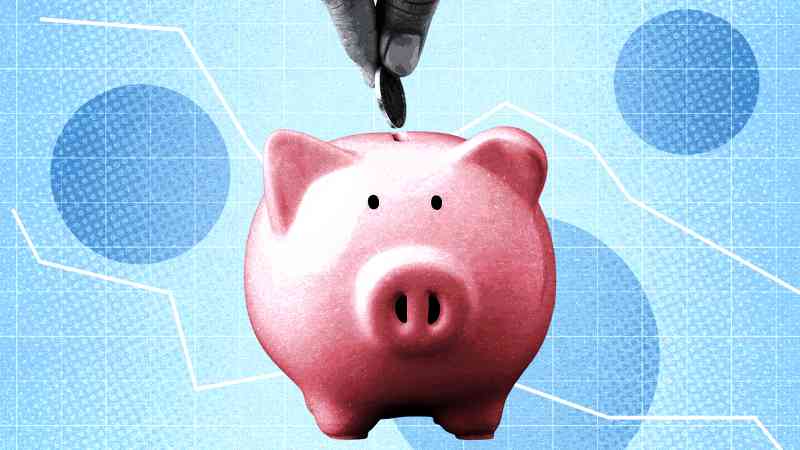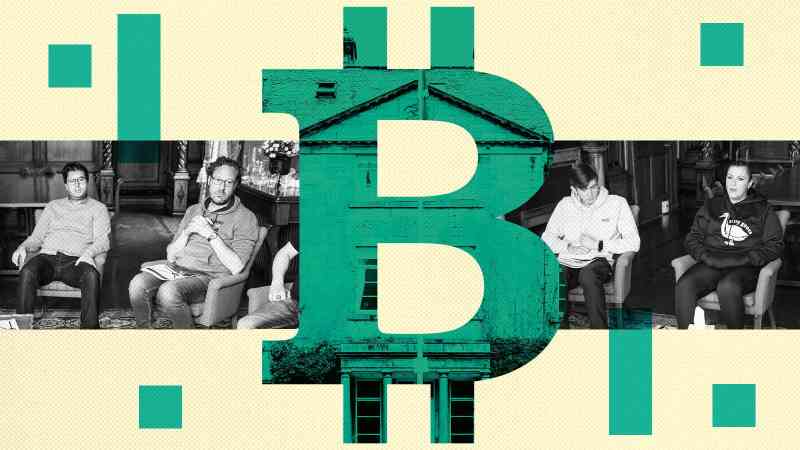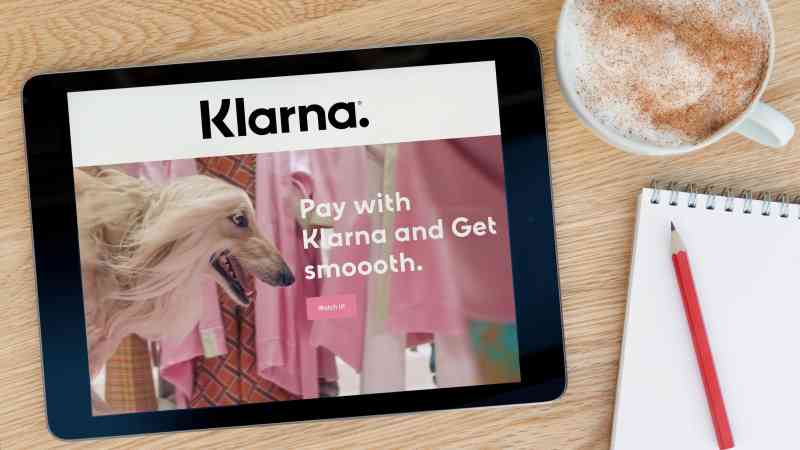Fixed rate Isas are back in fashion
Savers are turning to fixed-rate Isas to shelter their cash from tax and avoid falling interest rates.
The £20,000 annual allowance can be spread across various types of Isa, including cash, stocks and shares, and Lifetime Isas. (Junior Isas have a limit of £9,000). Unlike standard saving and investments accounts, any interest you earn on cash or gains you make on shares in an Isa are tax-free, for life.
Savers are on track for a record Isa year with £26.3 billion deposited into cash savings accounts in the first five months of the year, including £12.3 billion in April — the highest ever total for that month.
While the Bank of England’s figures do not separate out easy-access and fixed-rate Isas, banks have said that savers are becoming more likely to choose fixed versions. About 50 per cent of all new savings accounts opened with the bank Aldermore since February have been fixed-rate Isas, it said, while 66 per cent of all new Isas opened with the bank were one-year fixed rates.
Shawbrook Bank said that 72 per cent more fixed-rate Isas were opened between April and June than in the first three months of the year. It said that there had been a 1,377 per cent increase in the number of Isas opened with a fixed rate of three years or longer.
• I’m in my 30s, where is the best place to put my savings?
Why fix now?
The Bank of England base rate has been held at a 16-year high of 5.25 per cent since August last year. The Bank raised the rate 14 times from its record low of 0.1 per cent in December 2021 as it tried to push up the cost of borrowing to limit spending and get inflation under control.
Bank rate is expected to fall next month, however, now that inflation has dropped to the target level of 2 per cent. When Bank rate falls, variable savings rates, which pay more than fixed rates at the moment, will drop.
The highest easy-access Isa rate is 5.17 per cent from the savings app Plum. The highest no-strings one-year Isa rate is 4.94 from Castle Trust Bank, but if you have a Virgin Money current account you can get 5.05 per cent from the bank’s one-year Isa.
The highest two-year Isa rate is 4.7 per cent from Beehive Money, part of Nottingham Building Society, while the best you can get over three years is 4.6 per cent and the top five-year rate is 4.25 per cent, both from Principality Building Society.
Fixed rates have risen over the past few months because Bank rate did not fall in May, as analysts had expected it to.
The five highest paying one-year Isas had an average rate of 4.96 per cent this week, up from 4.73 per cent in April, according to the comparison site Savings Champion. The best two-year Isa rate is now 4.7 per cent, up from 4.62 per cent in April.
The average rate paid across the top five easy-access Isas has stayed the same, at 5.08 per cent, so locking in some of your cash now could be a smart decision.
• Compare cash Isa rates
Why choose an Isa?
You can get a higher rate from a fixed rate bond than an Isa — the Israeli bank Mizrahi Tefahot has a one-year deal at 5.25 per cent, available through the savings platform Raisin UK. Close Brothers Bank is paying 5.06 per cent over two years.
But the tax-free status of an Isa has become much more valuable in a world of higher savings rates. The personal savings allowance means that basic-rate taxpayers can earn up to £1,000 a year interest tax-free outside an Isa and higher rate taxpayers can earn £500. Additional rate taxpayers get no allowance. Interest earned above these amounts is subject to your usual rate of income tax.
Savings Champion said that when the allowance was introduced in April 2016, the best one-year bond paid 1.91 per cent. A basic-rate taxpayer would have needed savings of £52,356 before they earned enough interest in a year to incur tax. A higher-rate taxpayer would have had to save more than £26,178.
Now, a basic rate taxpayer on the Mizrahi Tefahot 5.25 per cent deal would breach the allowance with savings of £19,048. A higher rate taxpayer would need only £9,524.
HM Revenue & Customs is expected to collect £10.4 billion tax on savers’ income this tax year, up from £1.36 billion in the 2021-22 tax year, when Bank rate went from 0.1 per cent to 0.75 per cent.
Alex Myers from Aldermore said: “The popularity of Isas has grown because of the prospect of paying more tax on your savings. Even though Isa rates may be lower than fixed rate bonds, savers might still end up with more after you take tax into account, so it’s important to check rates to ensure your money is working as hard as possible.”
A higher-rate taxpayer with £11,175 would earn £552 interest after tax from the 5.25 per cent one-year savings bond, but 44p more from the best one-year fixed-rate Isa from Castle Trust, which pays 4.94 per cent. Any savings of less than £11,175 would earn more outside the Isa.
Basic-rate payers would need savings of £27,100 to be better off with the Isa over a year — more than the annual Isa allowance.
Over two years, higher-rate tax payers with more than £12,025 would be better off with the best Isa, which pays 4.7 per cent from Beehive Money, than they would be with the 5.06 per cent bond from Close Brothers. For savers with less than £12,025, the bond would be the best option.
Basic rate tax payers would need £30,700 before the Isa was the better bet.
Remember, however, that once your cash is in an Isa, it is protected from tax for life.




Post Comment